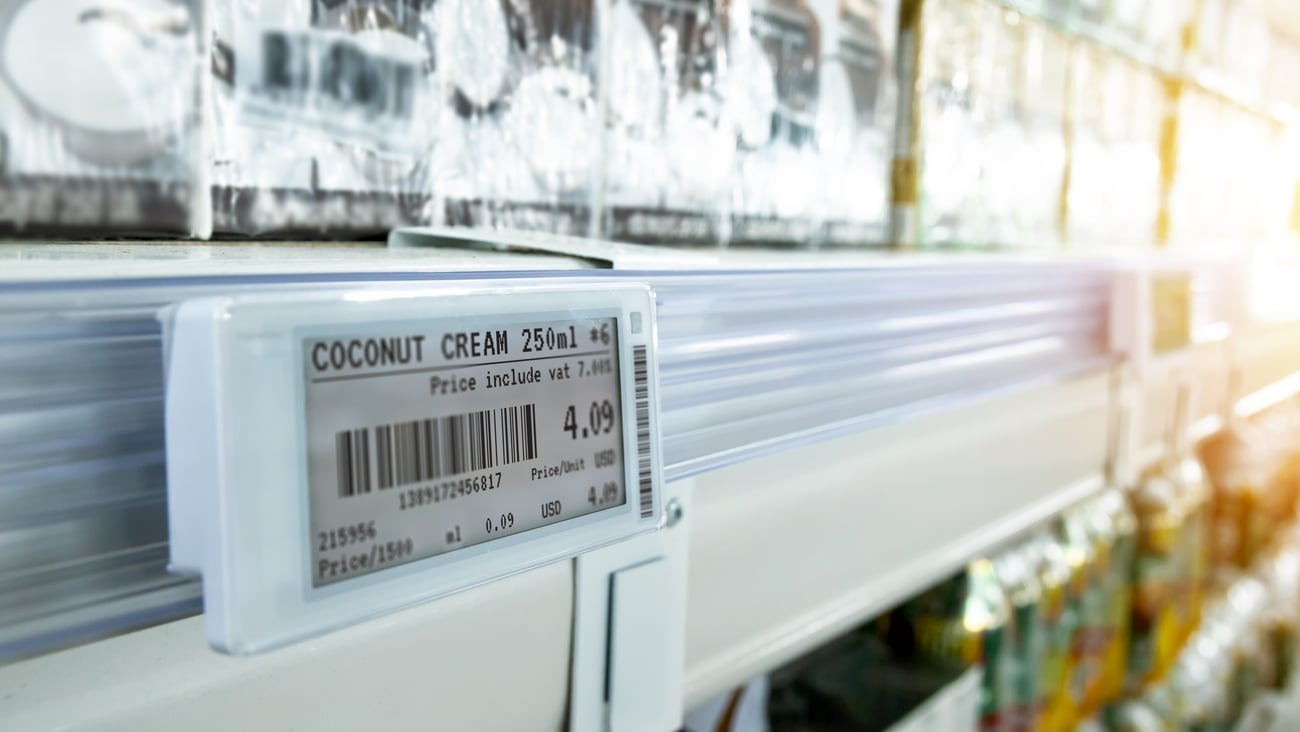Dollarama is challenging the traditional grocery store model
In an era where the cost of living continually surges, the pursuit of affordable groceries has evolved into a financial battleground for many Canadians. Recent investigations by intrepid reporters in Quebec and Ontario have uncovered a revelation that may surprise some: Dollar stores, most notably Dollarama, provide the same non-perishable products as regular grocery stores but at significantly lower prices – often 30% to 75% lower. While many shoppers were aware of this, many likely were not. But this begs the question: How is this possible? How can Dollarama offer these products, in the same size and from the same brands stocked at grocery stores, at a much lower price?
The answer is different business models, full stop. Dollarama's ability to offer rock-bottom prices is underpinned by two critical pillars: remarkably low operational costs and robust supplier-retailer relationships. While one might assume limited variety, exemplified by having only one option for ketchup or peanut butter, the reality is that the products are indistinguishable from those found in major grocery chains. This might appear counterintuitive, but the key lies in Dollarama's dominance over supplier shelf space in its vast network of over 1,400 stores.
READ: Dollarama profits skyrocket as consumers visit more often for bigger purchases
Suppliers recognize the advantages of collaborating with Dollarama. They no longer need to contend for limited shelf space or engage in cutthroat competition with rival brands, making it an appealing proposition for them. The result is beneficial deals that ultimately trickle down to the consumer's advantage. Suppliers can also sidestep concerns about how grocers may prioritize their in-house labels. Dollarama's house-brand strategy is not strong.
With projections hinting at the possibility of surpassing 2,000 stores by 2030, Dollarama's influence in the market is poised for substantial growth. For consumers, Dollarama's approach of offering only a single option for each product may initially seem restrictive. In a world that often celebrates choice, the idea of having just one brand of ketchup or peanut butter may raise eyebrows. However, this simplicity lies at the heart of Dollarama's cost-saving strategy, which directly translates into competitive pricing.
Dollarama's success extends beyond its pricing strategy. It excels at maintaining minimal operational costs, with daily average staffing expenses capped at a mere $500. Its stores operate with efficiency and simplicity, unlike major grocery chains such as Loblaw, Metro and Empire, which also function as real estate giants, potentially driving up overhead costs over time.
READ: Dollarama attracts Canadian shoppers trading down from more expensive stores
Furthermore, while dollar stores like Dollarama bypass expensive advertising campaigns, these cost savings can be transferred to consumers in the form of lower prices. Dollarama shoppers enjoy the benefits of lower prices without the need to subsidize a celebrity-studded marketing campaign.
But it’s not all great at Dollarama. Let's be candid – critics may contend that Dollarama faces socioeconomic biases and challenges related to product quality and store ambiance. A visit to Dollarama might reveal an unpleasant odour reminiscent of a plastic manufacturing plant in Beijing. While it's true that the scent of a plastic factory may linger in some stores, many are willing to overlook this for the sake of their budgets. The reality is that Dollarama serves as a lifeline for numerous Canadians struggling to make ends meet.
Nevertheless, Dollarama is not without its challenges. Recent investigations, notably from the Halifax Examiner, have brought to light instances where Dollarama stores located near major grocery retailers are pressured to limit their product offerings. This practice is not unique to Dollarama and underscores broader issues within the retail sector. To genuinely foster competitive pricing within the grocery sector, addressing these concerns is imperative, and Canada's Competition Bureau should do so without delay.
READ: What the grocery report recommends to improve competition
Dollarama's ascendancy is nothing short of remarkable. Its unorthodox approach challenges the traditional grocery store model, prompting a reevaluation of what we value in our shopping experience. It serves as a reminder that different business models can yield different benefits, and sometimes, simplicity and efficiency can be the keys to success.
While the food elites may continue to dismiss the role of dollar stores, the reality is that dollar stores are making the market more competitive. The chain is opening 70 new stores this year alone. Someone’s buying. As Canadians wait for a knight in shining armour to bring more competition, dollar stores are already doing so, silently and effectively, providing affordability where it is needed most.






